As web designers, it’s impossible to deny that electricity lies behind everything we do. There is no physical alternative – no part of our job – that is entirely free from energy consumption.
While there’s much debate and controversy and differing statistics concerned with the issue of climate change, there’s one point upon which everyone agrees: reducing the energy that you consume is both good for the environment and good for your wallet.
Sure, we’re all aware of the usual commonsense stuff – take public transport or ride your bike instead of driving, wear a jumper instead of turning on the heater … but there are also specific measures that we web professionals can make.
Here are ten tips that you, as a web designer, can employ to reduce your carbon footprint (hat tip to Brothercake for the inspiration).
- Buy green energy.
Many electricity providers now offer the option to purchase 100% green energy. Switching to green energy is the most effective way to reduce your emissions, and it’s cheaper than installing solar panels yourself. Running on green energy means you can be safe in the knowledge that your business is no longer contributing to global warming. If you’re not the business owner, research some green energy options and present them to your boss.
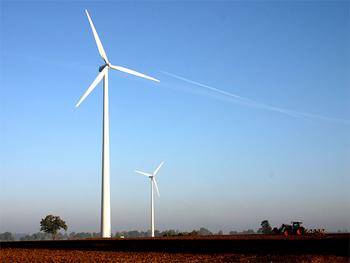
Image credit: Jasmic
Ask your current web host if it offers green hosting as an option; if not, consider switching to a host that does. While the phrase “carbon neutral” is standard (and potentially misleading, often confused as it is with “carbon offset”) in a company’s marketing copy these days, more and more Australian hosting companies are recognizing the demand for truly green web hosting services that run on servers powered by renewable energy sources.
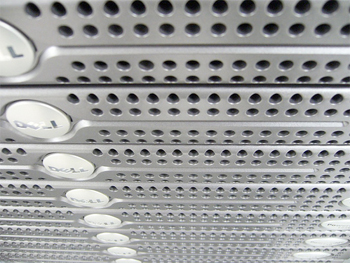
Image credit: Ronnie Garcia
Laptop computers are built, by necessity, to use less energy than desktop machines. These days, a laptop computer (be it a Mac or a Windows machine) is fast enough and contains enough memory and hard-drive space to serve as your primary machine. Plus, you can work with it in the park when the sun shines, use it at meetings and conferences, and take it home at the end of the day.
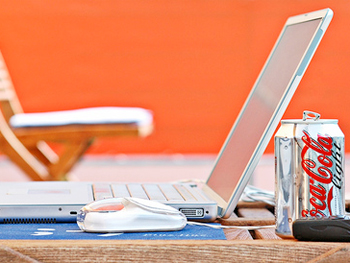
Image credit: photographisch.at
If you were looking for an excuse to ditch that old CRT that takes up half your desk and replace it with a lovely new, thin LCD monitor, then now you have one – LCDs, in general, use less energy than a CRT monitor of the same size. Of course, the bigger the monitor, the more energy it uses, so if you decide to upgrade to a 30″ wide screen, you may not see much of a reduction in your carbon emissions.
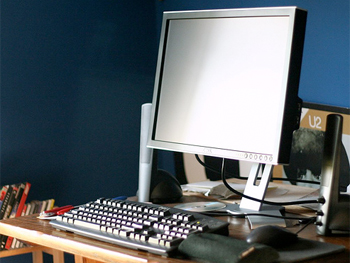
Image credit: Phil Romans
The constant after-hours hum of computer fans whirring in an office is all too common. Sure, there may be a good reason why your server needs to keep running throughout the night while we’re all in our beds, but does your desktop machine, if you decide to keep it, really need to run 24/7 as well?
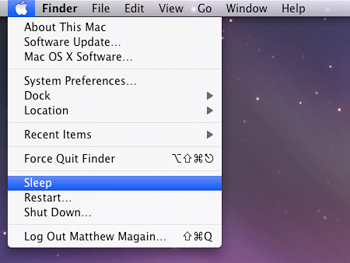
Chargers for laptop computers, AA and AAA rechargeable batteries, and other appliances generate heat when left plugged in, even when they’re not being used. It may be convenient to leave them plugged in, ready to charge for you at a moment’s notice without your having to scrabble about in the darkness under your desk, but only plugging them when you need to use them will save a few carbon emissions as well as help reduce your power bill.

Image credit: suburbanbloke
A traditional tungsten-filament light globe isn’t terribly efficient – an enormous amount of the energy that powers a light globe is lost as heat. Energy-saving fluorescent globes draw less power, which means the drop in your energy bill will be noticeable. Power boards also generate significant heat, so spend a little extra on an energy-efficient board, and it will pay for itself in the long run.
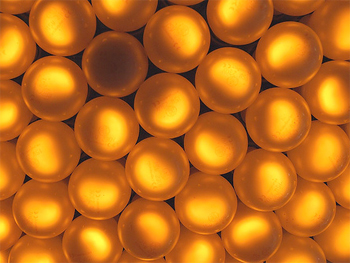
Image credit: hlkljgk
At SitePoint HQ we’re lucky enough to have lots of windows that let natural light into the office. During the summer, there are many days where it’s just not necessary to turn on most of the lights in the office. Not only is natural light free, but it also helps the body to synthesize vitamin D – open the window and absorb away!
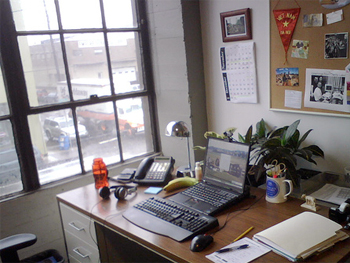
Image credit: Steve Burt
If you’re faced with the choice of purchasing goods or services from two or more vendors, and any of them will likely do a good job, consider favoring the provider who is more committed to reducing its own carbon footprint. As “being green” becomes a criterion that more businesses demand, more businesses will look internally at how they can change.

Image credit: pfly
If you care about the impact that you and your business has on the environment, but aren’t across all the facts, get educated. Check out the many blogs about reducing your carbon footprint (SustainabilityBlog.Org and the Planet Ark site are good places to start); research whether a carbon-offset scheme is genuine or questionable.
Do you have any tips for ways that web designers can reduce their carbon footprint? Post comments to this article, and let us know about them!
Feature image credit: azrainman
 Matthew Magain
Matthew MagainMatthew Magain is a UX designer with over 15 years of experience creating exceptional digital experiences for companies such as IBM, Australia Post, and sitepoint.com. He is currently the Chief Doodler at Sketch Group, Co-founder of UX Mastery, and recently co-authored Everyday UX, an inspiring collection of interviews with some of the best UX Designers in the world. Matthew is also the creator of Charlie Weatherburn and the Flying Machine.
